Canon PowerShot G9
-
-
Written by Gordon Laing
Canon PowerShot G9 vs Canon EOS 400D / Rebel XTi real-life noise
Canon PowerShot G9 vs Canon EOS 400D / Rebel XTi highlights and dynamic rangeJust before wrapping up here, we’d like to show you an additional pair of crops taken from the snowy mountain-top area of each 100 ISO sample. As you can see from the crops above, while the white balance is slightly different, the exposures were closely matched for the area with the buildings used for our real-life noise crops. But if you compare the bright highlight areas of each sample, considerable differences become apparent. It’s clear from the crops below the G9 has saturated many highlight areas losing tonal detail, whereas the 400D / XTi has retained considerably greater tonal detail. This is due to many factors including image processing and the contrast of the lens, but the biggest influence here is the difference in sensor area. The area of a DSLR sensor is considerably greater than that in a point and shoot camera like the G9, and this allows it to not only enjoy lower noise, but also a higher tonal dynamic range. Reducing the exposure on the G9 could retrieve highlight detail, but at the cost of darker shadow areas. The only way it could match or exceed the tonal detail of a DSLR is by combining multiple exposures with HDR software. It’s important to note this is not an exclusive criticism of the G9 by any means – it applies to all non-DSLRs. But it’s equally important to understand the benefits of a DSLR if you’re weighing up the two. For more real-life examples across its sensitivity range, check out our Canon PowerShot G9 Gallery. |
Canon PowerShot G9 |
Canon EOS 400D / XTi with EF-S 18-55mm | |
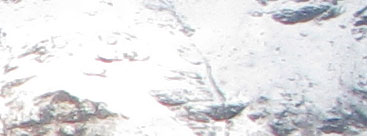 |
 | |
100 ISO |
100 ISO |
Canon PowerShot G9 results
Outdoor resolution / Studio resolution / Real life Noise
 |
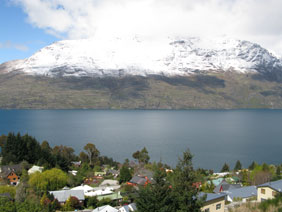 | To compare noise levels under real-life conditions we shot this scene with the Canon PowerShot G9 and Canon EOS 400D / XTi within a few moments using each of their ISO settings. The EOS 400D / XTi was fitted with the EF-S 18-55mm kit lens. The PowerShot G9 image was shot in its native 4:3 aspect ratio, and the zoom of the EOS 400D / XTi adjusted to deliver the same vertical coverage. Since the 400D / XTi crops below are taken from the same 4:3 area as the G9, it’s effectively being treated here as an 8.9 Megapixel 4:3 camera. |
The image above was taken with the Canon PowerShot G9 at 10mm f4 and at 80 ISO; the original measured 5.15MB. The crops are taken from an area just below and to the left of the centre.
Comparing the crops below, it’s clear the PowerShot G9 can capture a large amount of real-life detail at its lowest ISO settings. The fencing and foliage areas in particular reveal finer details on the low ISO G9 crops than on the corresponding one from the EOS 400D / XTi – although as noted above, we’re only effectively using 8.9 of the 400D / XTi’s 10 Megapixels when comparing 4:3 frames, so the G9’s 12.1 Megapixels should be capturing more.
It’s also clear the G9’s low ISO crops look sharper, but much of this is due to the optical effect of background noise compared to the smoother results of the 400D / XTi; certainly you can increase the sharpening on the 400D /XTi crops for a punchier result if desired.
It doesn’t take long though before the G9’s noise levels become obtrusive – they’re already visible at 100 ISO, but begin to have a detrimental effect at 200 ISO and above. Theres big drops in quality at 400 and 800 ISO, although they’d still be acceptable at smaller print sizes – remember these are 12.1 Megapixel images so any artefacts would appear quite small when printed. At 1600 ISO the quality becomes much worse though and this should only be selected for emergency use.
Ultimately in terms of noise the PowerShot G9 performs similarly to its predecessor (see our PowerShot G7 noise results), which isn’t bad considering the increase in resolution. We’re also pleased to see noise reduction has been kept in check and is relatively modest compared to many models – a fair degree of detail is still present at mid to higher ISOs, allowing you to successfully apply third party noise reduction later if desired. The ability to shoot in RAW gives you even greater flexibility.
That said, still don’t expect miracles at 400 ISO and above. Like all non-DSLRs, try to use the G9 at 200 ISO or ideally lower still for the best results. For more real-life examples across its sensitivity range, check out our Canon PowerShot G9 Gallery, but first scroll to the bottom of this page to see how the G9 handles highlight details compared to the 400D / XTi.
Canon PowerShot G9 |
Canon EOS 400D / XTi with EF-S 18-55mm | |
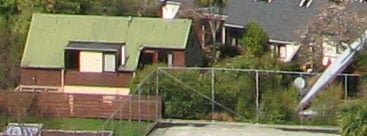 | ||
80 ISO |
80 ISO not available | |
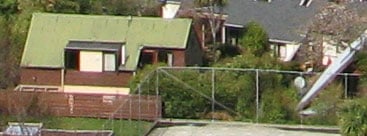 |
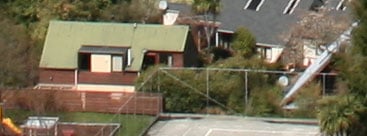 | |
100 ISO |
100 ISO | |
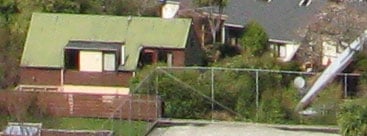 |
 | |
200 ISO |
200 ISO | |
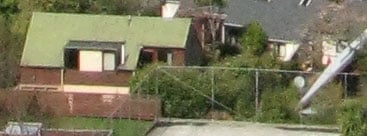 |
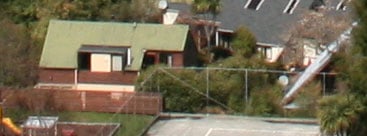 | |
400 ISO |
400 ISO | |
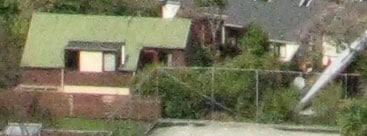 |
 | |
800 ISO |
800 ISO | |
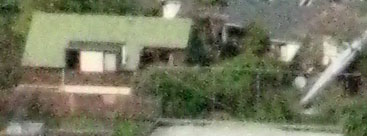 |
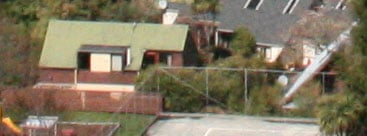 | |
1600 ISO |
1600 ISO | |
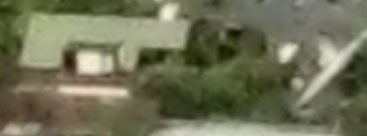 | ||
3200 ISO (2 Megapixels, scaled-up here) |
3200 ISO not available |




